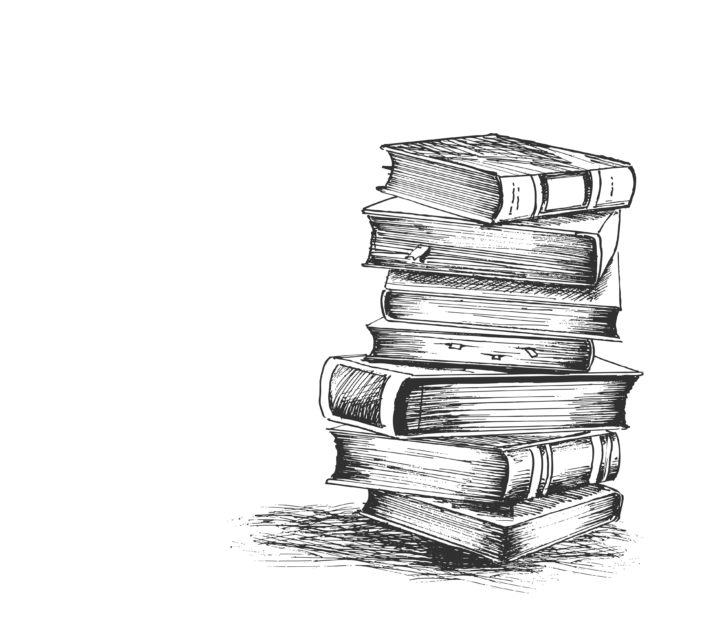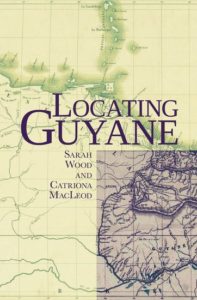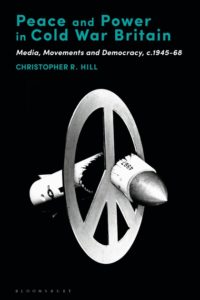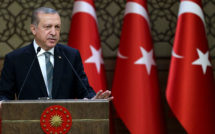
Locating Guyane
Edited by Sarah Wood and Catriona MacLeod
Publisher: Liverpool University Press
Recommended by Hélène B. Ducros
Through his role as heroic Papillon, a French convict sentenced to forced labor who escaped the hellish “bagne” – also nicknamed “dry guillotine” – star actor Steve McQueen helped inscribe Guyane (French Guiana or Lagwiyann in Créole) in the cultural imagination of generations. A recent cinema adaptation of the convict’s mémoires just last year took over to perpetuate yet again among younger generations the myth of Guyane as the French penal colony it was from 1854 to 1946. Locating Guyane attempts to go beyond the cliché to unfix this “outermost region of the European Union” or, as it is called in French an “ultra-peripheral region,” away from stereotypes and bounded definitions. It explores ways in which this ambiguous and contested territory can be geographically, historically, politically and culturally reconceptualized, ridding it of persistent ascribed meanings while also testing its marginalization in a post-colonial world. Sarah Wood and Catriona MacLeod have gathered valuable contributions, which together reimagine Guyane and Guyanais to better “site” them in academic discourses by enabling the transgression of borders separating disciplines as well as Anglophone and Francophone scholarship. The book engages a reflection on the textual representation of Guyane historically, its position in the French Empire’s ideological construction, and the identity(ies) of those living in this “multipositional” European territory, the only one within the South American continental area. The compilation also considers voices and perspectives from Guyanais themselves, encouraging a shift in the production center for Guyane studies that have most often given us a gaze looking into the French département from an outside. The book is a fascinating challenge to historiographies of Guyane as it peels off the layers of its changing relationships with France and other places in the world, detangles its history of contact, reveals the actors involved in its many transitions from place of forced exile to high-tech center, highlights the role its penal past has played in making it “periphery”, and explains what being Guyanais today entails in a globalized world of flows where local Kreyol traditions and Maroon narratives get reinvented and shaped in the context of cultural commercialism and global art markets.

Peace and Power in Cold War Britain: Media, Movements and Democracy, c.1945-68
By Christopher R. Hill
Publisher: Bloomsbury Academic
Recommended by Louie Dean Valencia-García
It was something of a miracle that the peace movement had recovered its own name after the Second World War given it had been “effectively marginalized by the challenge posed by Hitler… On the eve of war, the absolutely pacifism of the [Peace Pledge Union] could even appear tantamount to pro-Nazism.” Christopher R. Hill’s Peace and Power in Cold War Britain: Media, Movements and Democracy, c. 1945-68 provokingly looks at the relationship between the anti-nuclear movement of the 1960s in Britain and the rise of television, which culminated with “radicals reconfigure[ing] their social identities as Britain became a postcolonial power.” He argues: “Radicals—largely out of a desire to participate in political issues from which they were excluded—have been highly influential in fashioning forms of political participation and expression during epochs of media change.” To this end Hill, makes comparisons of the use of television by radicals to “Levellers and pamphleteering…Chartists and unstamped newspapers and…Suffragettes and photojournalism.” Seen through the lens of one of the cultural movements of the era, Peace and Power in Cold Ware Britain shows the evolution of Britain into a strong participatory democracy. Hill is particularly skilled at pulling apart careful distinctions in class dynamics, particularly in the post-World War II period when there was considerable malleability; this is especially present in his chapter “Middle Class Radicalism and the Media.”
For Hill, “For all the wide-ranging criticism and reservations that radicals had of television, it did have democratizing affects in political and public life in the mid-to-late 1950s and these were driven, ironically, by commercial rather than public service broadcasting.” Not unaware of other contemporary social issues that would affect the anti-nuclear movement by the end of the decade, such as the anti-Vietnam movement and the tumult of 1968, Hill’s narrative demonstrates the complexity of the violence that struck televisions by that year. Although Herbert Marcuse might have contemporarily denounced television for its contribution to a consumer culture, through this captivating work we see ways in which television worked to promote radicalism.
Published on November 8, 2018.




